Blog
Press Release: May 17, 2024
Friday Field Notes
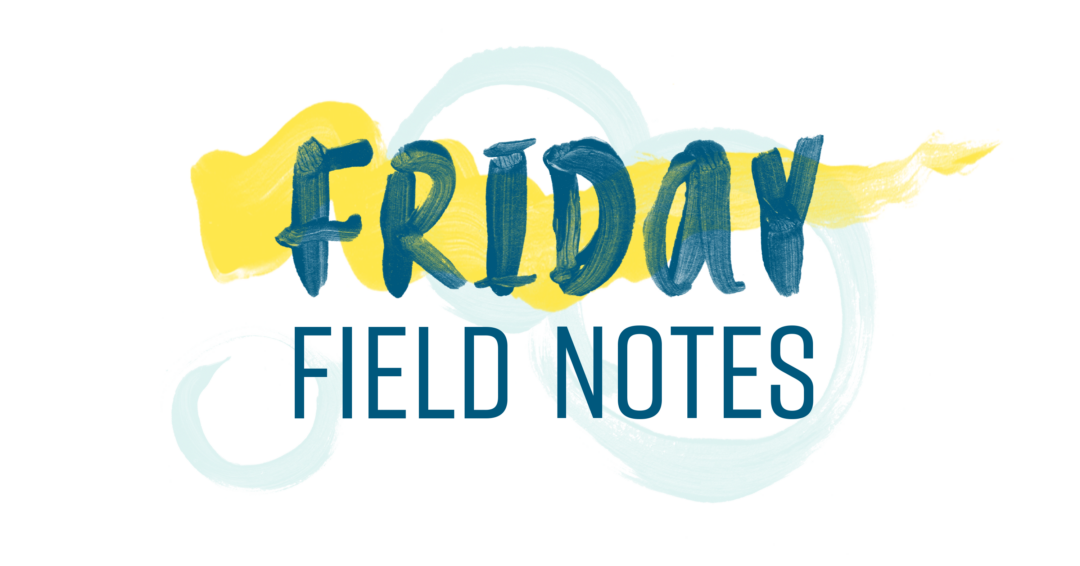
Check out the latest updates from our missionaries!
ADJUNCT MISSIONARY – ALVINA FEDERWITZ
A marvelous part of being an adjunct missionary with LBT is that I didn’t have to give up the passion of my heart, which is being a small part of people getting God’s Word in their heart language. Together with that privilege, I can enjoy time with my family – children, grandchildren, and now great-grandchildren – and yet be aware and rejoice when a new group of people are having and using God’s Word in their heart language. Each story is similar and yet unique.
Another blessing is staying in touch with dear people like you who make this ministry possible through your gifts, prayers, and words of encouragement. You are and have been precious to me for so many years.
TRANSLATION TIDBITS – DR. BECKY GROSSMANN
The Bandi team recently checked Leviticus. Several verses like 18:7 and following and 20:19-20 took special care because their familial terms do not match Hebrew or English. Here are their terms:
ndiyá = older sibling of same sex
ndéɣe = younger sibling of same sex
heela = sibling of opposite sex no matter age
kíỹa = mother’s brother
téna = father’s sister
njee = mother but can also refer to any woman
who cares for you including aunts
kɛɛɣɛ = father
Other uncles must be phrased as father’s older or
younger brother and aunts as mother’s older or younger sister.
ETHIOPIA TEACHING – ROB AND ESHINEE VEITH
Eshinee spent January in Ethiopia teaching linguistics at the Mekane Yesus Seminary[…]
Of the design of the course, Eshinee says, “Linguistics has typically been taught like, ‘here are all the features you could ever possibly find in a language… got any of those?’ This makes sense if you’re teaching someone who is monolingual or who is intending to write academic papers. We were trying something new.” Eshinee and Michael presented major language categories in very general terms, with little special terminology. Rather than telling the students everything they might find, the students were encouraged to engage and discover what features were actually there in their own language and in the languages of their classmates. This was no mean feat; there were 15 different languages spoken among these
20 students.
On the first day, they learned each other’s letters and alphabet with word examples. Day two, they talked about how languages have words for people, places, and things (i.e., nouns), including both things which can be seen and things which cannot be seen. They then spent time collecting nouns from their partner and looking for patterns. Using plain English, they described what they were seeing in a “special features” area on their homework handout.
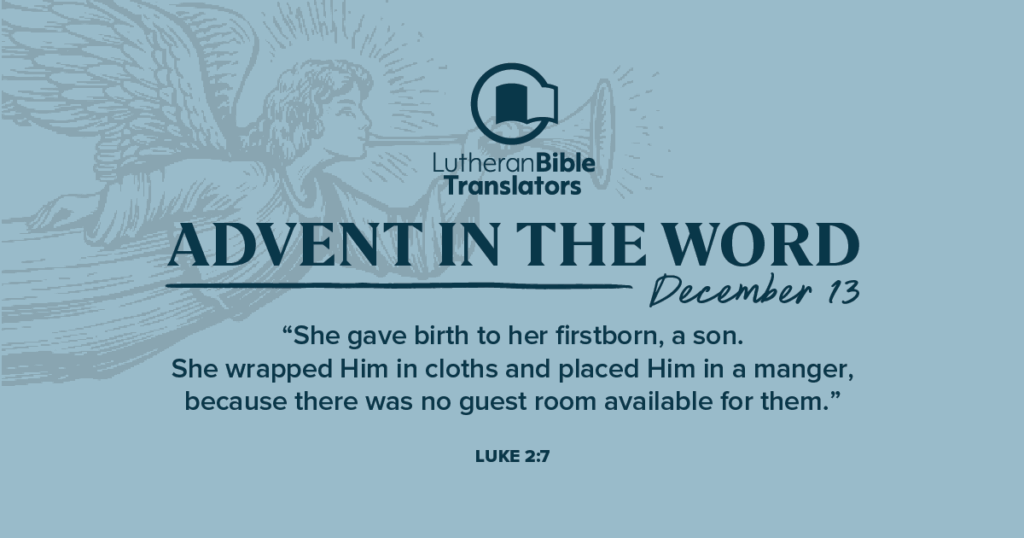
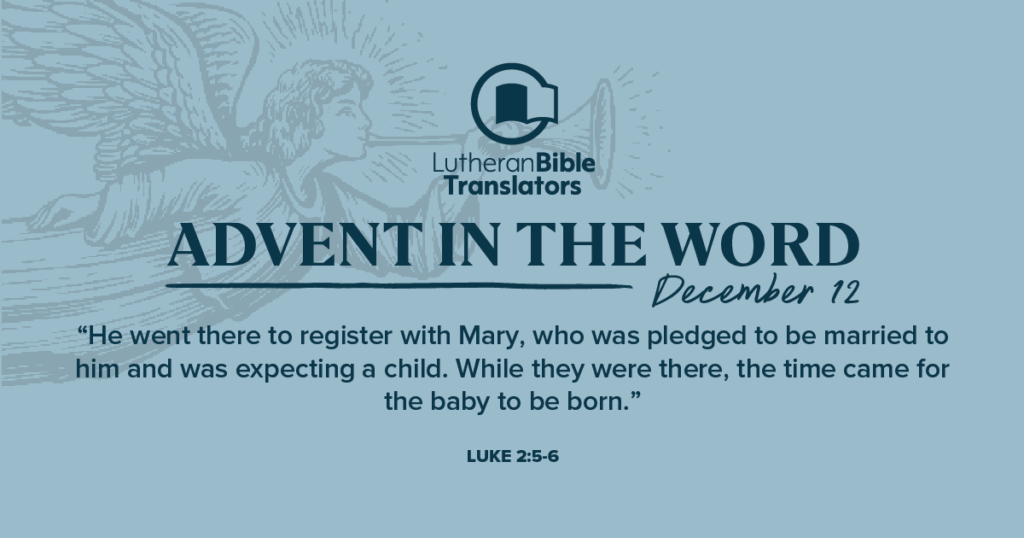
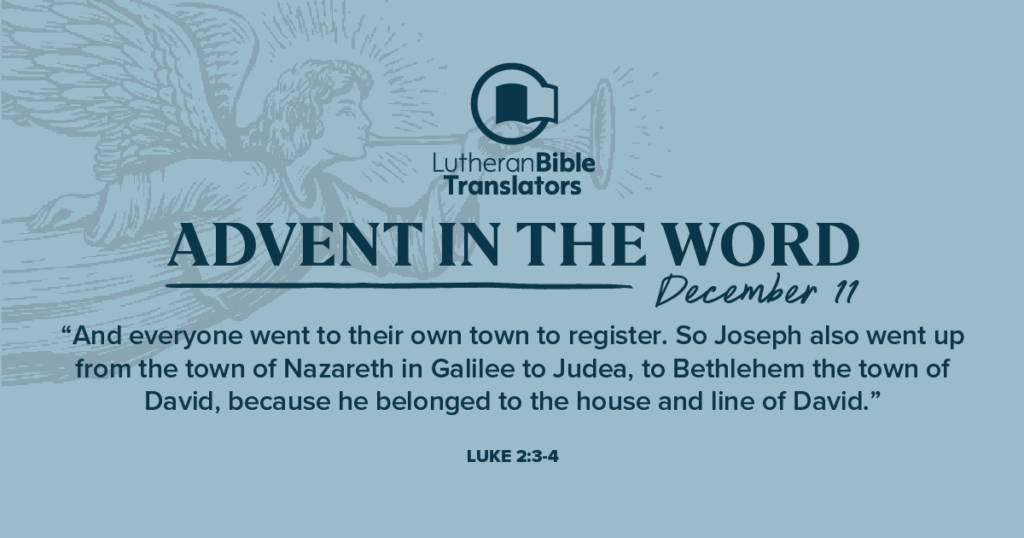
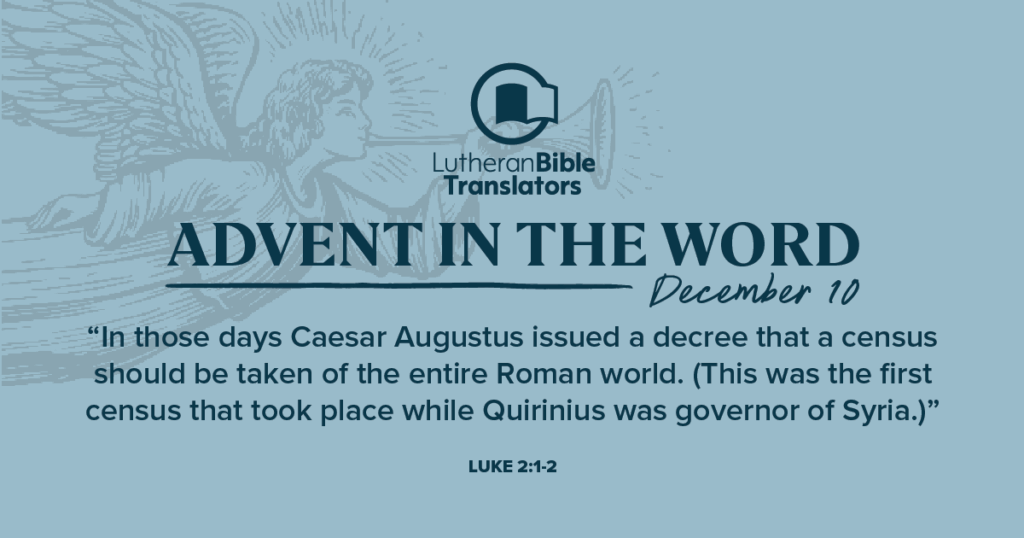


Leave a Reply
You must be logged in to post a comment.